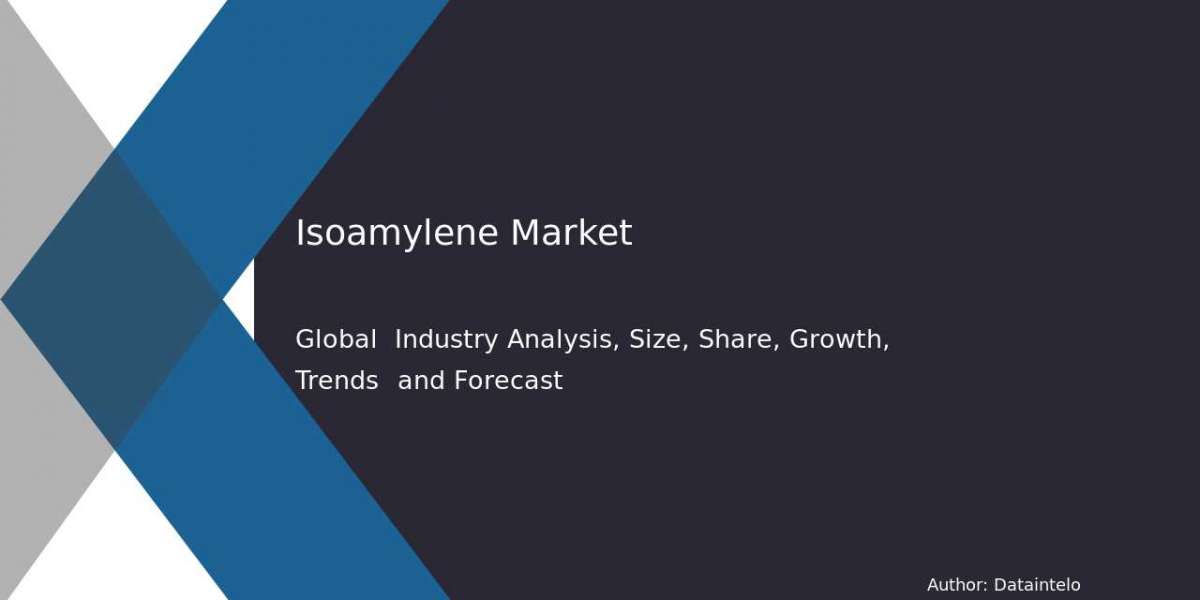Mantle Cell Lymphoma (MCL) is a rare and aggressive form of B-cell non-Hodgkin lymphoma (NHL) that primarily affects older adults. It originates in the mantle zone of lymph nodes, and while it remains relatively uncommon, its impact on patients and healthcare systems is profound due to its aggressive nature and poor prognosis without effective treatment. The emergence of advanced therapeutics over recent years has transformed the outlook for patients diagnosed with MCL, leading to significant changes in the therapeutic landscape.
The mantle cell lymphoma therapeutics market is witnessing substantial growth, driven by increased awareness, advancements in targeted therapies, and a growing number of clinical trials. This article explores the key segments in the MCL therapeutics market, the factors contributing to its growth, and the forecast for market demand and expansion.
Market Overview
Mantle cell lymphoma is considered a rare malignancy, accounting for around 6-8% of all non-Hodgkin lymphoma cases. The disease is typically diagnosed at an advanced stage, and although chemotherapy has been the standard treatment for decades, treatment outcomes remain suboptimal due to high relapse rates. As a result, the market for MCL therapeutics has become an area of intense focus for pharmaceutical and biotechnology companies, leading to the development of new and innovative treatment options, including targeted therapies, immunotherapies, and gene therapies.
Currently, the treatment regimen for MCL involves a combination of chemotherapy and immunotherapy, with the most common chemotherapeutic agents being cyclophosphamide, doxorubicin, vincristine, and prednisone (CHOP regimen). However, the introduction of Bruton's tyrosine kinase (BTK) inhibitors and immune checkpoint inhibitors has significantly altered the treatment approach for MCL, offering improved survival rates and better quality of life for patients.
Market Segments
The MCL therapeutics market can be divided into several key segments based on treatment type, distribution channel, and region.
1. By Treatment Type
The major segments within the MCL therapeutics market by treatment type include:
Chemotherapy
Targeted Therapies
Immunotherapies
Stem Cell Transplantation
Chemotherapy has traditionally been the first-line treatment for MCL, but the advent of targeted therapies such as BTK inhibitors (e.g., Ibrutinib, Acalbrutinib) has revolutionized treatment outcomes. BTK inhibitors target the signaling pathways involved in MCL cell survival, leading to a significant improvement in progression-free survival (PFS). Additionally, the development of immunotherapies such as monoclonal antibodies (e.g., Rituximab) has been instrumental in enhancing the efficacy of chemotherapy.
Stem cell transplantation, either autologous or allogeneic, remains a treatment option for relapsed or refractory cases of MCL, though it is often reserved for patients who have failed other therapies due to its higher risks and complexity.
2. By Distribution Channel
The distribution of MCL therapeutics primarily occurs through hospital pharmacies, retail pharmacies, and online drugstores. However, the hospital pharmacy segment holds a significant share of the market due to the complexity and high cost of treatments, including immunotherapies and stem cell transplants. Additionally, the increasing trend of personalized medicine, where treatment regimens are tailored to individual patients, has driven the demand for targeted therapies in hospital settings.
Retail pharmacies also play an important role in the distribution of oral therapies, such as BTK inhibitors, which offer patients more convenience in managing their treatment at home.
3. By Region
The global MCL therapeutics market is segmented into North America, Europe, Asia Pacific, Latin America, and the Middle East Africa. North America currently holds the largest share of the market, attributed to the high prevalence of MCL in the U.S. and Canada, robust healthcare infrastructure, and the presence of leading pharmaceutical companies developing innovative MCL treatments. Europe follows closely, driven by increased investment in oncology research and the approval of newer therapies by regulatory agencies.
The Asia Pacific region is expected to witness the fastest growth in the coming years due to a rising awareness of MCL, improvements in healthcare infrastructure, and the increasing adoption of advanced treatment options. Japan and China are emerging as key players in the Asia Pacific MCL therapeutics market, with a growing number of clinical trials and the increasing availability of cutting-edge therapies.
Market Drivers
Several factors are contributing to the rapid growth of the MCL therapeutics market:
Advancements in Targeted Therapies: The development of therapies targeting specific molecular markers involved in MCL pathogenesis, such as Bruton's tyrosine kinase, has shown significant promise in improving patient outcomes. BTK inhibitors, in particular, have demonstrated higher efficacy and lower relapse rates compared to traditional chemotherapy.
Increasing RD Investment: Pharmaceutical companies are significantly increasing investments in research and development, particularly for the discovery of new immunotherapies, CAR T-cell therapies, and gene therapies. This shift towards personalized medicine is expected to expand the range of available treatment options and improve patient outcomes.
Growing Awareness and Early Diagnosis: As awareness surrounding MCL increases, early detection and diagnosis of the disease are improving. Early intervention often leads to better treatment outcomes, thus driving the demand for more advanced and effective therapies.
Aging Population: The incidence of MCL is higher in older adults, and as the global population ages, the number of MCL cases is expected to rise. This demographic shift is contributing to the growing demand for MCL therapeutics.
Challenges and Restraints
Despite the optimistic growth forecast, the MCL therapeutics market faces several challenges:
High Treatment Costs: The cost of new therapies, particularly BTK inhibitors and immunotherapies, can be prohibitively expensive. This limits access to treatment in low-income regions and can place a strain on healthcare systems in developed countries.
Limited Treatment Options for Relapsed MCL: While targeted therapies have improved outcomes for initial diagnoses, patients with relapsed or refractory MCL face limited treatment options, making the need for further research and development critical.
Regulatory Hurdles: The approval process for new MCL therapies can be lengthy and expensive, delaying the availability of innovative treatments in the market.
Market Forecast
The MCL therapeutics market is expected to experience substantial growth over the next decade, with a compound annual growth rate (CAGR) of 5-7%. This growth is anticipated to be driven by the increasing adoption of novel therapies, expanding clinical trial pipelines, and the continued focus on personalized medicine. The market size is projected to reach over USD 6 billion by 2030, with North America and Europe continuing to dominate the market share.
Browse More Reports:








